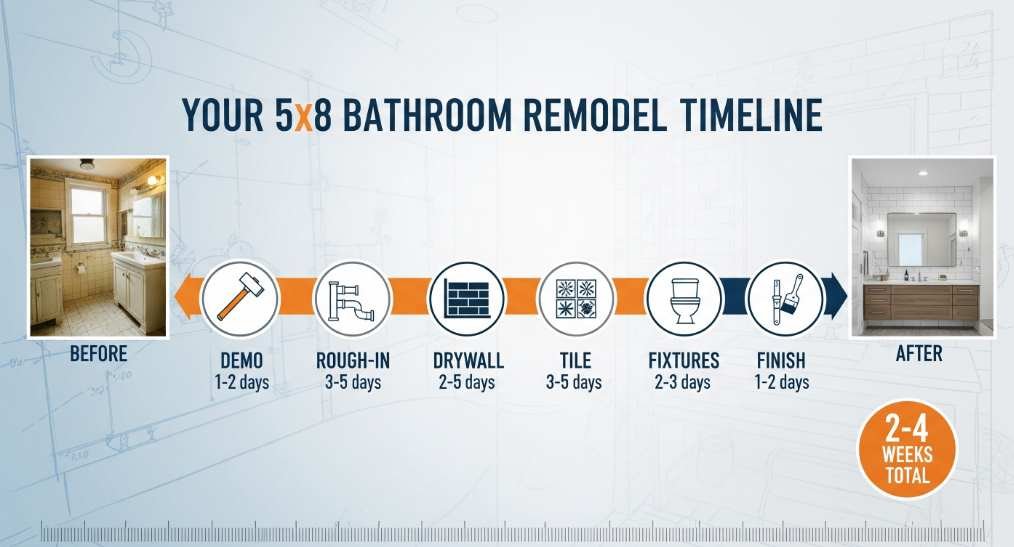Table of Contents
ToggleIn home renovation, planning and design are paramount. Before any physical changes are made, creating a comprehensive plan ensures the renovation process is aligned with your goals, budget, and timeline.
The Essential First Steps of Home Renovation
Diving into a home renovation project is thrilling yet daunting. Here’s a detailed guide to navigate the initial stages of your renovation journey:
1. Comprehensive Planning
Identify your renovation goals early. Whether it’s enhancing your home’s resale value, updating its appearance, or improving functionality, clear objectives will guide your project’s direction.
2. Setting a Budget
Determining your budget is crucial. Research average costs for similar renovations in your area and consider how your project might differ. Financial experts recommend setting aside an additional 20% of your project’s estimated cost to cover unforeseen expenses. This contingency fund is essential for managing unexpected issues, such as structural surprises or material price hikes, without derailing your project.
3. Design and Layout
Whether you’re drafting ideas on your own or working with a professional architect or designer, this step translates your vision into a tangible plan. It involves choosing the layout, materials, colors, and finishes. During this phase, consider functionality, aesthetic appeal, and long-term value. Professional input can also help you optimize the use of space and materials for better outcomes.
4. Securing Permits
Many renovations require permits to ensure the work complies with local building codes. The specific permits needed depend on the scope of your project, including structural changes, electrical upgrades, or significant plumbing work. Starting this process early is crucial, as obtaining permits can take anywhere from a few days to several months, depending on your location and project complexity.
5. Hiring Contractors
Selecting the right contractor is crucial for your project’s success. Look for licensed professionals with a track record of quality work and positive customer feedback. Obtain multiple quotes to ensure competitive pricing and ask for detailed contracts that outline the scope, timeline, and costs of the project. Effective communication with your contractor can significantly impact the renovation’s outcome.
6. Ordering Materials
Order materials after finalizing your design to prevent delays. Given global supply chain variability, some items may have extended lead times. Prioritize ordering essential materials with long delivery times early in the project to avoid scheduling disruptions.
7. Scheduling the Work
Collaborate with your contractors to develop a realistic timeline. A well-planned schedule accounts for material delivery times, permit approvals, and the actual renovation work, minimizing disruptions to your daily life.
Conclusion
By meticulously planning, budgeting, and executing your home renovation, you can ensure a smooth process from start to finish. Remember, detailed preparation and choosing the right professionals are key to transforming your home successfully without leaving any stone unturned. With this comprehensive approach, your renovation project will not only meet but exceed your expectations, making your home more enjoyable and potentially increasing its value.




